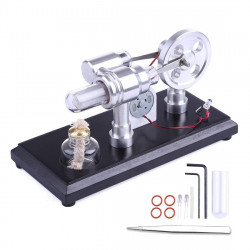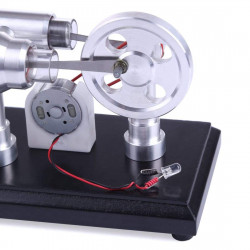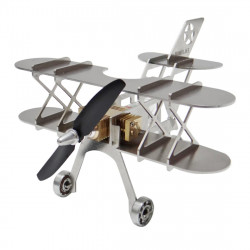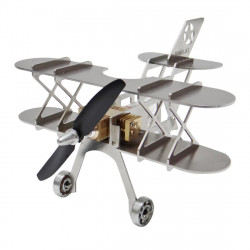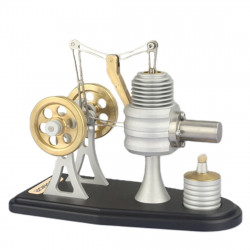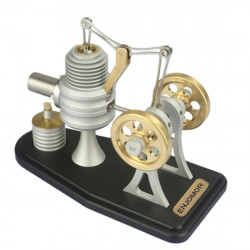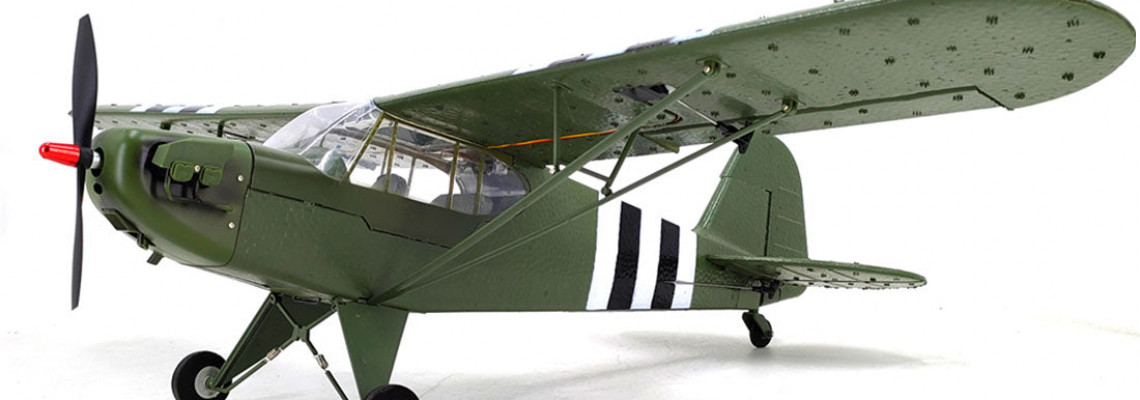
How to: Fly a Commercial Airline with LiPo Batteries
How-to: Air Travel with LiPo Batteries
Are you going to a primary race? Are you going to see relatives? First, let's address the query that led you to this page: Can I take a commercial flight with my LiPo (Lithium Polymer) battery? Yes, but to ensure the safety of passengers on commercial airplanes, a number of significant restrictions are in place.
There are a few significant limitations that you should be aware of in advance if you intend to transport ANY LiPo battery on a commercial flight. As of August 24, 2020, the Federal Aviation Administration (FAA) and the Transportation Security Administration (TSA) have both developed these rules. Before you go to the airport, make sure you read and comprehend all the rules that the TSA, FAA, and your airline will enforce.
First off, it doesn't really matter what kind of model you are going with—a boat, a rock crawler, a drone, a helicopter, a car or truck, anything else. Regardless of what it is intended to power, a battery is a battery. It's crucial to think about how the battery in your model is moving (keep in mind that these rules will apply to transmitters and/or receiver batteries that run on lithium). You should be aware of all the rules that apply to the following "Hazardous Material" groups listed on the FAA PackSafe webpage (see below), even if hobby-grade radio control models don't directly fall under any one TSA categorization.:
- Batteries, lithium
- Battery-operated portable electronic devices
- Lithium-ion battery-powered portable recreational vehicles
Examining these three categories allows you to determine the following:
- LiPo batteries with a rating of 100-watt hours or less are suitable for use on commercial aircraft.
- LiPo batteries with ratings between 101 and 160 watt-hours must be approved by the airline before they may be used on an aircraft; make this arrangement in advance.
- You MUST bring any LiPo battery in your carry-on luggage if it is not firmly installed in the RC model.
- It is forbidden to use LiPo batteries with more than 160 watt hours.
- If your battery's watt-hour rating is not prominently shown on the label, the airline might ask for documentation.
Determine your batteries Watt Hours (WH):
The watt-hours rating (Wh) of the majority of modern batteries is printed directly on the label (see the example to the right). You may get your battery's Wh rating if its watt-hour rating is not apparent by multiplying its voltage by its amp-hours (Watt-hours = Volts x Amp-hours). Divide by 1000 to obtain Amp-hours (Ah), as RC batteries are nearly always rated in milliamp-hours (mAh). A 6S 3200mAh battery, for instance, has a 71.04Wh rating (22.2V x 3.2mAh = 71.04Wh). Keep in mind that your battery is rated at a nominal voltage of 3.7V per cell, which is also how it should be stored.
General Restrictions (taken directly from the FAA website as of 8/24/2020):
Limitations on size: Non-rechargeable lithium metal batteries can contain no more than two grams of lithium. The maximum rating for lithium-ion (rechargeable) batteries is 100 watt hours (Wh) per battery. Nearly every kind of lithium battery that the typical person uses in their electronic devices is covered by these limitations. Passengers may also bring up to two extra big lithium-ion batteries (101–160 Wh) or lithium metal batteries (2–8 grams) with airline approval. This dimension includes several larger batteries used in professional audio/visual equipment as well as the larger aftermarket extended-life laptop computer batteries.
Quantity limits: For the larger lithium-ion batteries mentioned above (101-160 watt-hours per battery), a maximum of two spare batteries per person is allowed; most batteries have none but must be used by the passenger; batteries carried for further sale or distribution (vendor samples, etc.) are prohibited.
In summary:
As long as it satisfies the watt-hour criteria, you can have your RC model's LiPo battery safely installed inside the model if you're flying on a commercial airline. The model can also be carried in your checked luggage. You MUST bring any extra LiPo batteries on the plane in your carry-on luggage. Furthermore, precautions must be taken to avoid a short circuit during flight. This basically means that no metal can come into touch with the battery terminals or connectors.
Please note that the data shown here is current as of August 2020. Prior to your travel, it is always a good idea to inquire about any additional rules or restrictions that your particular airline may have in place.
